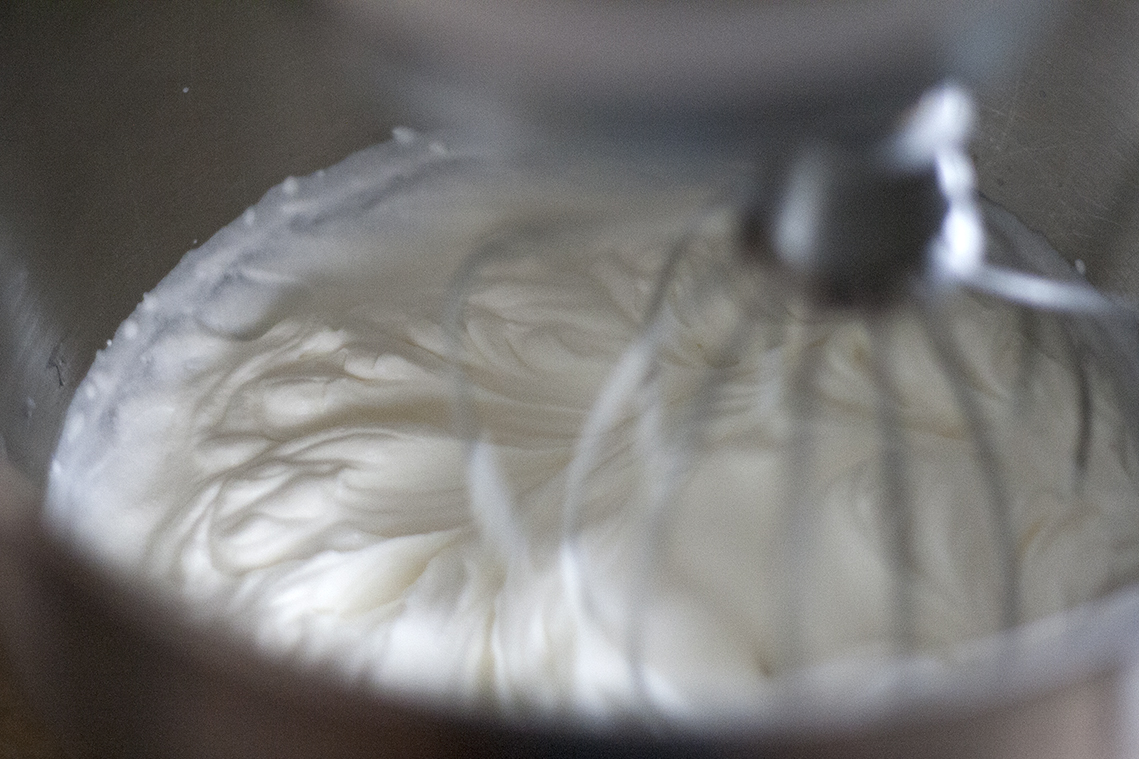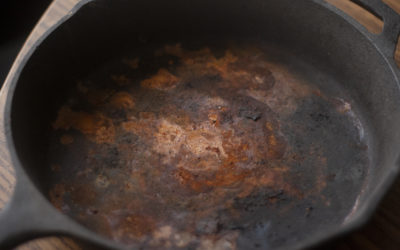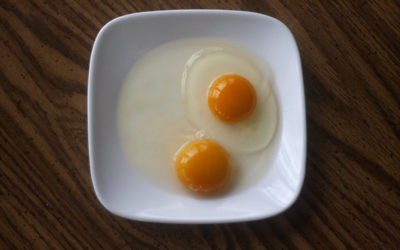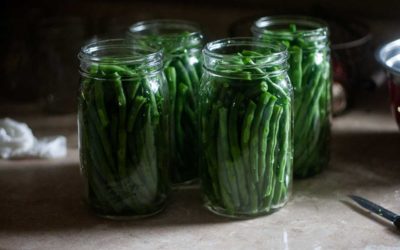How To Make Butter
salty, savory & sweetMy family is notorious for a little thing I like to call “double carbs”. My great grandma would make the best Sunday dinners, like spaghetti with fried potatoes – double carb. My grandma, beef and noodles with bread and butter – double carb. While my proclaim to family fame is to try to eat a little healthier, carbs will forever be my weakness.
Fast forward to today and I’ve taken on the homemade bread craz circulating the web. You guys, homemade bread is SO easy. Remember when everyone had to have a bread machine and it took alll day to make a loaf of bread? It’s even easier than that!
If you caught my Garlic Grove post – you know cooking is something I love, and there’s a little bit of pride in making good food from scratch. Rich and I sit with the girls on weekends and say “this bread, Kendra made from scratch”, “this sweet corn you’re eating is from last summer”, “this zucchini is something we preserved in the solar dehydrator” – get the picture? It’s a feel good moment for us, and those we get to share it with. So while I work on a few more bread recipes to share, I’ll give ya a taste of where I’m headed with this homemade butter!


INGREDIENTS
Butter
- Heavy Cream / Heavy Whipping Cream
- Salt
Savory
- 1/2 Cup Salted Butter
- 1/4 Teaspoon Black Pepper
- 4 Cloves Crushed Garlic
- 1-2 Teaspoons Dried Herbs (basil, thyme, oregano, and/or parsley – sometimes I use an Italian Seasoning Blend)
Sweet
- 1/2 Cup Salted Butter
- 1/2 Cup Powdered Sugar
- 1/2 Cup Honey
- 1 Teaspoon Cinnamon
INSTRUCTIONS
Blend* cream on medium for 5-8 minutes. The consistency of the cream with thicken into whipping cream. Increase the speed of your mixer, and watch as the cream starts to develop small lumps, until the butter forms together and leaves you with butter separated from the buttermilk.
The fat in the cream is contained in little globs, when you agitate them by whipping air into the fat molecules you create whip cream. When you continue to agitate your cream the fat molecules start to clump together allowing the liquid to separate creating butter and buttermilk.
Pour the buttermilk off and discard or save (if you’re not making cultured butter, you’ll need to add a splash of vinegar or lemon juice to the buttermilk so it reacts properly in your recipes – can you say fresh buttermilk biscuits!)
You can eat as is, but the more buttermilk you release the longer your butter will last and the harder it will become. Place the butter in a bowl of ice cold water and knead. You’ll want to change your water a few times, until your your water stays clear.
Pat butter dry, and mix in ½ teaspoon of salt – you can continue to add salt until your butter is just the right flavor for you!
From here you can make a variety of flavored butters – also known as compound butter. My favorite savory butter is garlic herb, perfect on steak, homemade garlic bread, or roasted with brussel sprouts! For the sweeter side of things, try honey cinnamon, the perfect addition to muffins, biscuits and banana bread! To make, simply mix the ingredients listed above into your newly made butter!
Spoon butter or compound butter onto parchment paper, roll into a log, twist ends and store in the fridge for up to a week or freeze for 6 months. Alternatively you can store in a small dish, or spoon into ice cube trays for perfect portions.
NOTES:
*For this you can use hand mixer, stand mixer, food processor or blender. If you don’t have a lid, buttermilk will splash out of the bowl towards the end.
It’s as simple as that! Now you’ll find yourself cooking more as an excuse to use up that fresh butter – Careful though, you might find yourself “double carbing” next.

Recently Published
How To Remove Rust From Cast Iron
I broke the holy grail of cast iron sins and let my pan rust! See how I remove minimal surface rust from cast iron for when those water + cast iron accidents happen.
Water Glassing Egg Preservation
Looking to preserve your eggs for use thorughout the winter season? Water Glassing Eggs will keep your fresh eggs for up to 1 year!
Canning Green Beans using the Cold Pack Method
Green beans are one of the most consumed vegges here at the Henstooth Homestead and we prefer canning green beans using the cold pack method. Learn how today!



